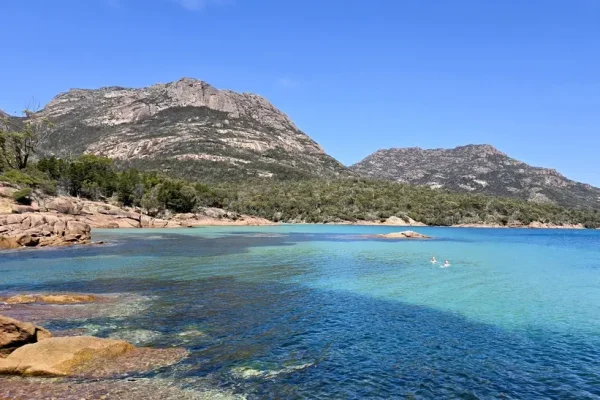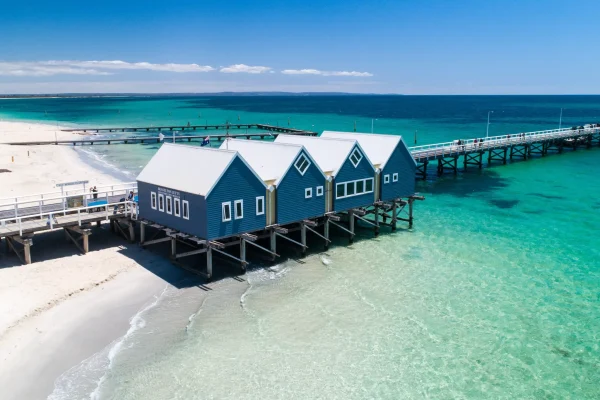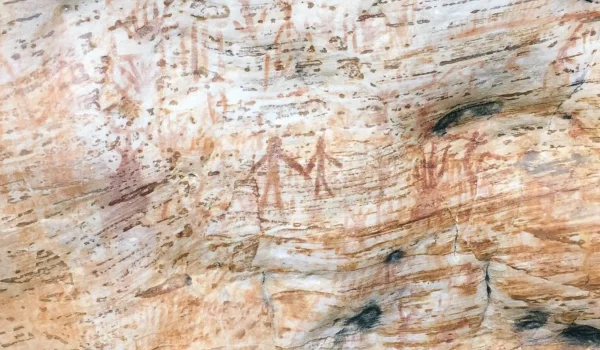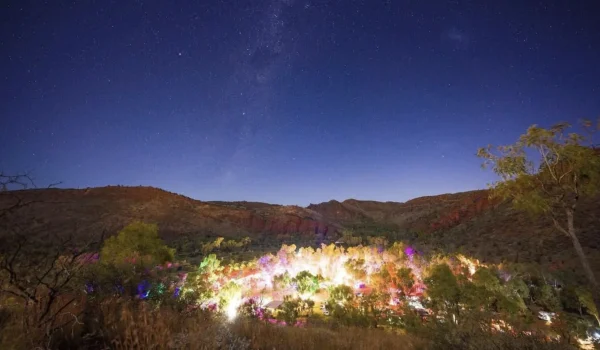Uluru, also fact known as Ayers Rock, is a massive sandstone rock formation located in the Northern Territory of Australia. It is one of the most recognizable natural landmarks in the world and has a long and rich history that dates back thousands of years.
Indigenous Australians, specifically the Anangu people, have lived in the region surrounding Uluru for over 10,000 years. They have a deep spiritual connection to the land and view Uluru as a sacred site. According to their creation myths, the rock was created by ancestral beings during the Dreamtime, a period of time when the earth was created and shaped by the actions of these supernatural beings. The Anangu believe that the spirits of these ancestors still reside within Uluru and the surrounding landscape.
Table of Contents
European explorers

In the 1800s, European explorers began to venture into the area and European eyes first sighted Uluru in 1872. The rock was named Ayers Rock in honour of Sir Henry Ayers, the Chief Secretary of South Australia at the time. The area was eventually declared a national park in 1958, and ownership was transferred to the Anangu people in 1985. Since then, it has been jointly managed by the traditional owners and the Australian government.
In the early 1900s, Uluru became a popular destination for tourists and climbers. In 1933, a European named Harold Lasseter made the first recorded climb of Uluru. Climbing Uluru became popular for tourists, despite the Anangu people’s request that visitors respect their sacred site and not climb the rock. The Anangu believe that climbing the rock disrespects their culture and religious beliefs. Several incidents have occurred where tourists have been injured or killed while attempting to climb Uluru.
Don't climb on Uluru
In 1985, the Australian government and the Anangu people agreed to a management plan that included a ban on climbing Uluru. This ban went into effect in October 2019, and visitors are now prohibited from climbing the rock. The ban was implemented as a result of the Anangu people’s request that visitors respect their cultural beliefs and to protect the environment around the rock from damage caused by climbers.
In conclusion, Uluru has a long and rich history that spans thousands of years. It is a sacred site for the Anangu people and an iconic symbol of Australia’s natural beauty and cultural heritage. While it has faced many challenges over the years, including damage from tourism and the impact of climate change, Uluru remains an important part of Australia’s identity and a testament to the enduring connection between people and the land.
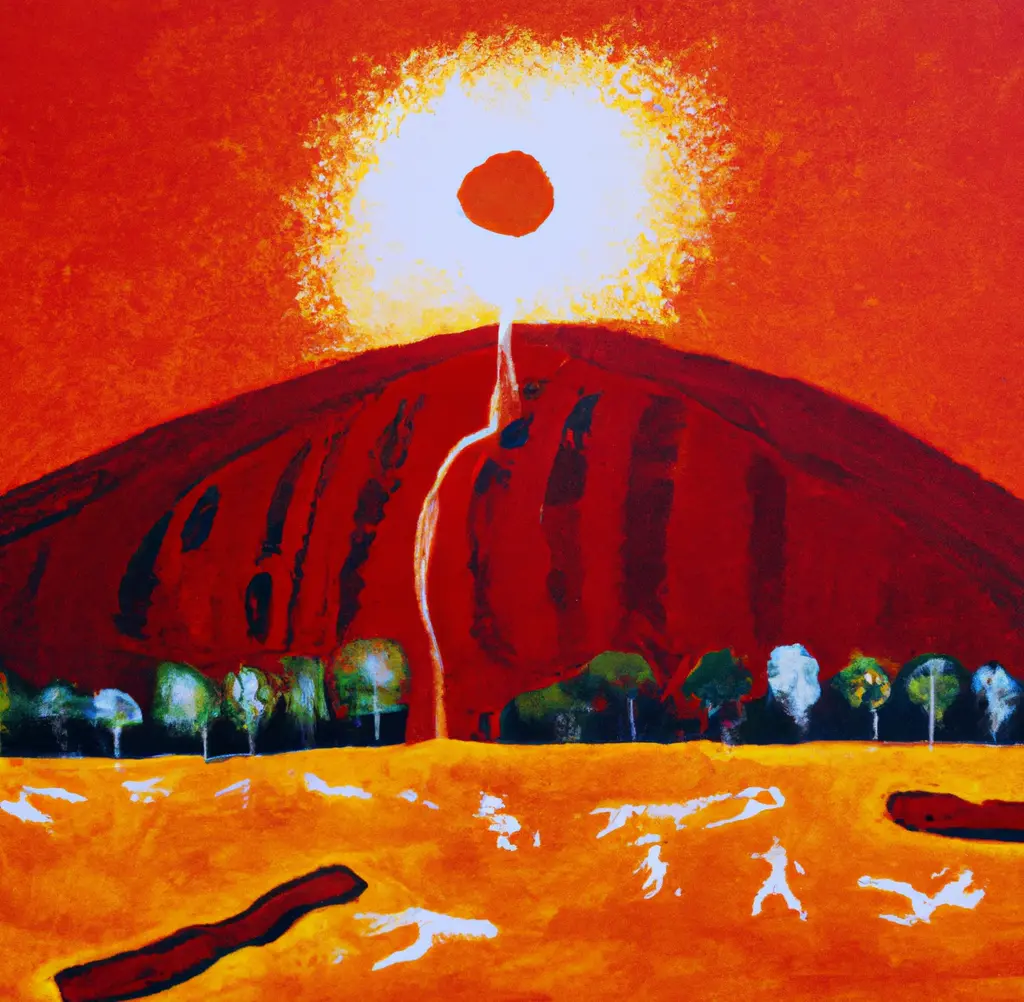
Uluru is a popular tourist destination
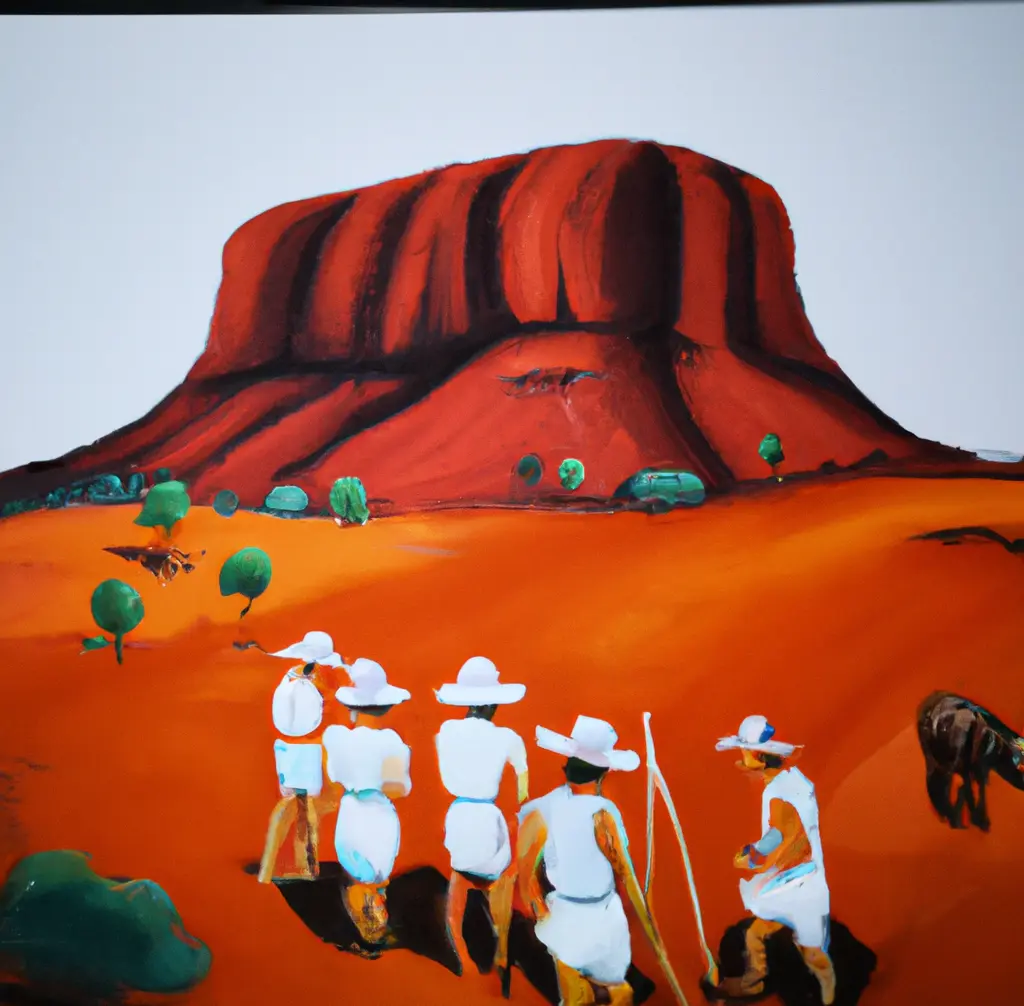
So, today, Uluru is a popular tourist destination and a symbol of Australia’s natural beauty and cultural heritage. Visitors can explore the rock and its surrounding landscape on flight with helicopter, learn about the Anangu culture and history, and participate in guided Uluru tours and cultural activities. The Uluru-Kata Tjuta National Park, which includes Uluru and the nearby Kata Tjuta rock formations, is also home to a diverse range of flora and fauna, including several species unique to the area.


